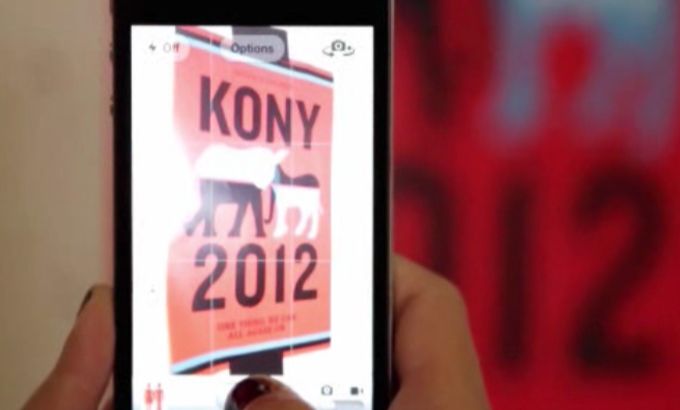
Kony 2012: The new kids on the media block
For many NGOs and charities in Africa the Kony video has marked a significant point in their media evolution.
On March 6, a viral video campaign smashed viewing records. ‘Kony 2012’ was produced by a US-based NGO named Invisible Children and called for support in arresting a Ugandan warlord, Joseph Kony.
Less than a week after it was released, it had been viewed more than 80 million times. But as the number of hits grew, so did the criticisms. Commentators accused it over simplifying a complex situation, being inaccurate and portraying Ugandans in a negative light.
Keep reading
list of 4 itemsPalestinian Prisoner’s Day: How many are still in Israeli detention?
‘Mama we’re dying’: Only able to hear her kids in Gaza in their final days
Europe pledges to boost aid to Sudan on unwelcome war anniversary
Despite the reactions, the video has marked a watershed moment in online campaigning. Once upon a time, NGOs had to rely on mainstream media to get their message out. But in a modern, multi-media world, this has changed.
While some see this as a good thing, others, namely the communities NGOs work with, are calling for a more accurate representation to be reflected. In this week’s feature, Meenakshi Ravi looks at the new kids on the media block.
|
“There is this image of helpless, hopeless, dying, desperate victims of Africa that NGOs are portraying about this continent and of course you know, it does help them to raise the money, but it’s a blight on Africa and Africans…. I think NGOs should start carrying signs on their campaigns like you have on the cigarette boxes that says something like ‘use with caution’. Honestly, I think we have to stop these campaigns that create this dependency syndrome.” Sorious Samura, an investigative journalist |